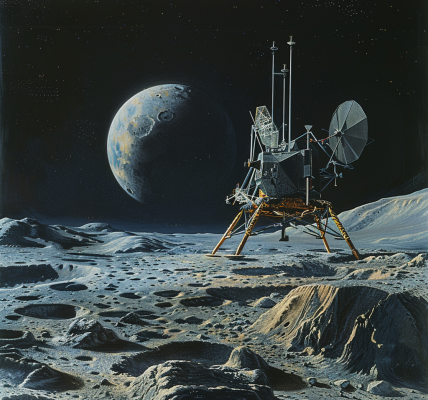Get ready for a celestial show as NASA reports that a massive 280-foot asteroid named Asteroid 2024 GM is set to make a close approach to Earth tomorrow, April 21. While smaller asteroids frequently pass by our planet, larger ones like this are a rare occurrence.
According to NASA, this asteroid, comparable in size to a building, will come within about 4,450,000 miles of Earth. Despite its significant size, there is no cause for concern as it is not expected to come any closer than this distance before retreating back into the depths of the solar system.
Space agencies like NASA actively monitor such celestial bodies to ensure they do not pose a threat to Earth. The Moon, scarred by numerous impacts over time, serves as a stark reminder of the potential dangers posed by these space rocks.
In response to the real danger posed by asteroids, NASA conducted the Double Asteroid Redirection Test (DART) to develop an Earth protection system. The mission involved intentionally crashing a spacecraft into an asteroid to alter its trajectory permanently. The successful test against the binary asteroid system Didymos and Dimorphos demonstrated the feasibility of redirecting hazardous asteroids away from Earth.
As we marvel at the wonders of space, it is essential to remain vigilant and prepared for potential cosmic threats. Stay tuned for more updates on space exploration and celestial events!





